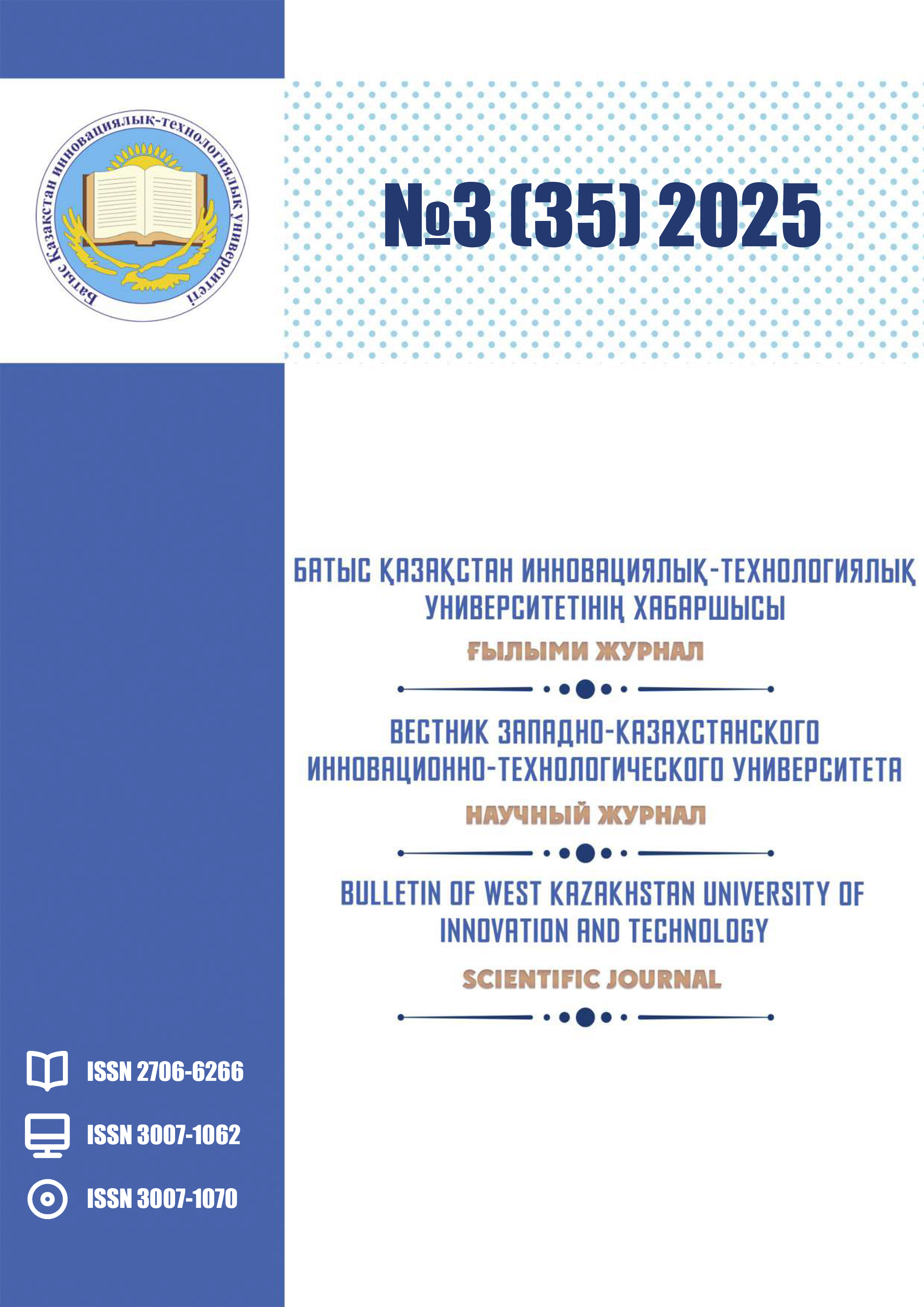EXPRIMENTARY SAFETY ASSESSMENT OF NEW HEPATOPROTECTIVE FEED ADDITIVES FOR ARTIFICIALLY CULTIVATED STURGEON AND SALMON FISH AT THE STAGE OF PRE-CLINICAL STUDIES
DOI:
https://doi.org/10.62724/202530402Keywords:
Hepatoprotectors, feed additives, aquatic organisms, aquaculture, laboratory animals, acute toxicity, irritant effect.Abstract
The article presents the results of pre-clinical studies of two new hepatoprotective feed additives for aquaculture objects developed by scientists of the Krasnodar Scientific Center for Animal Husbandry and Veterinary Medicine. The combined feed additive with hepatoprotective properties and the feed additive GlinMax are created from natural components of domestic production and are intended to normalize the liver function of especially valuable fish species by adding them to production feeds under conditions of intensive fish farming. An acute toxicological experiment was conducted by single intragastric administration of potentially toxic doses of feed additives on 88 white laboratory rats. The irritant effect of the samples of the studied products was carried out on 4 white giant rabbits using the conjunctival test. Toxicometry data, as well as observations of laboratory rats for 14 days in the post-intoxication period of acute poisoning, showed that a single intragastric administration of the studied samples of hepatoprotective feed additives for valuable fish species does not cause pronounced signs of intoxication and death, which allows to classify these feed additives as hazard class 4 (low-hazard substances) according to GOST 12.1.007-76 “Harmful Substances. Classification and General Safety Requirements”. In the conditions of a toxicological experiment by studying the eye irritant effect using the conjunctival test on rabbits, it was determined that the samples of the combined feed additive with hepatoprotective properties and the GlinMax feed additive do not have a potential irritant effect.

